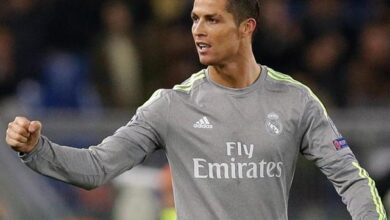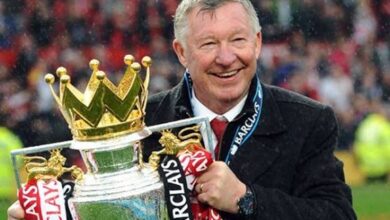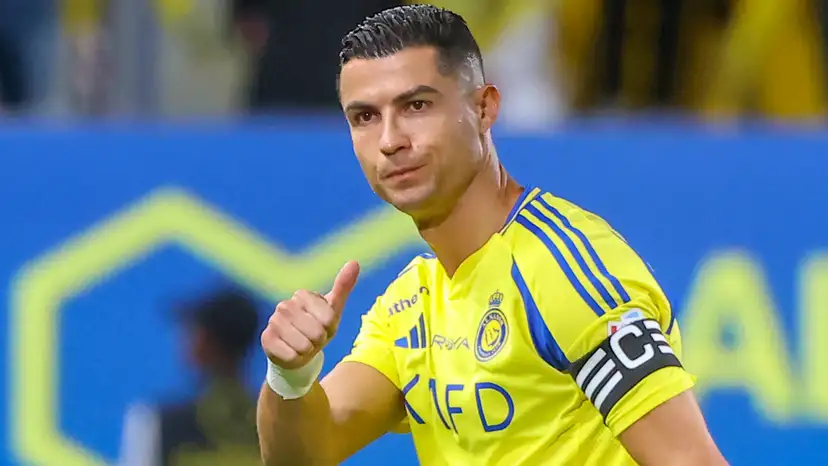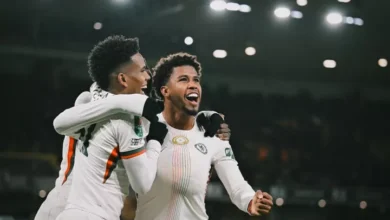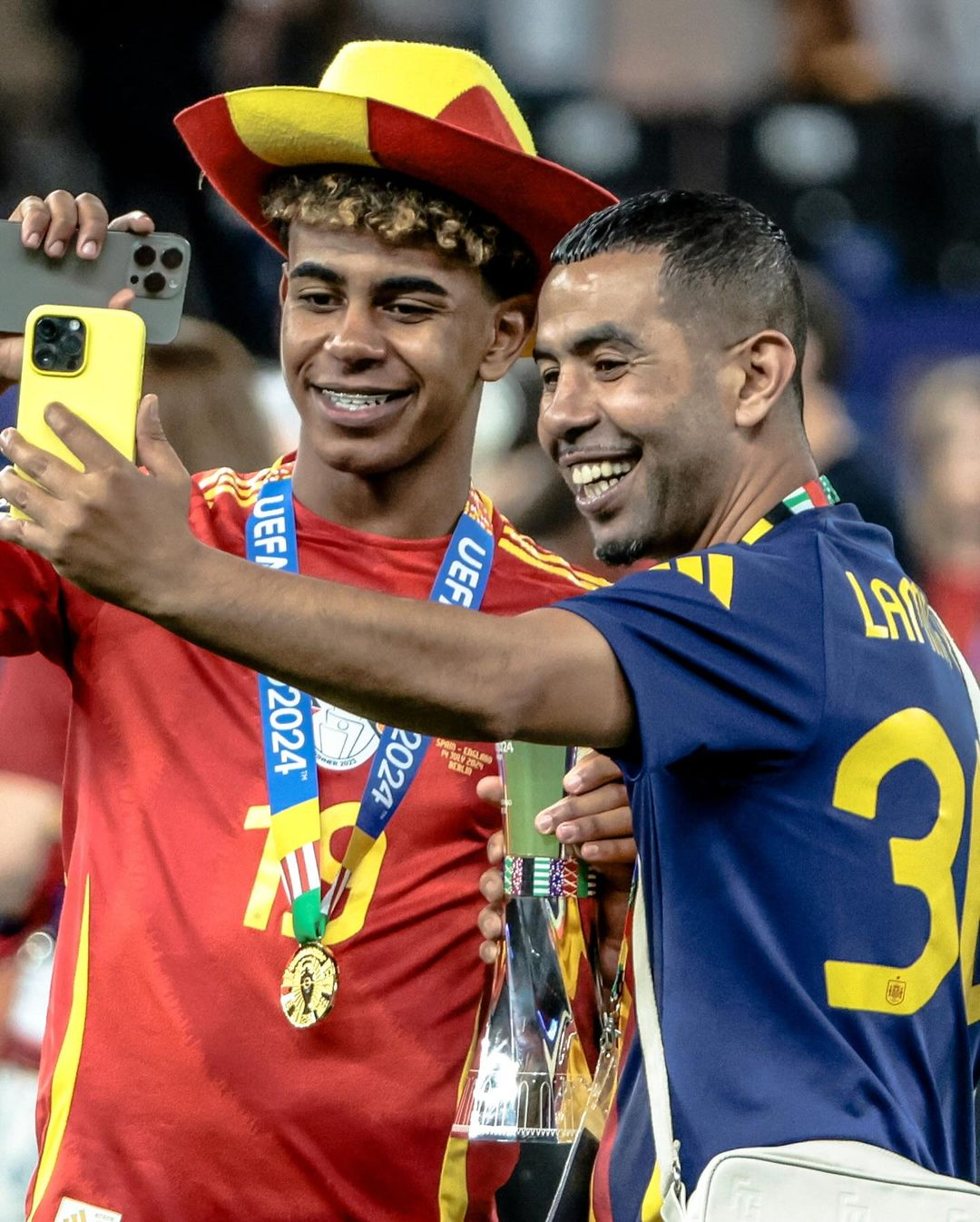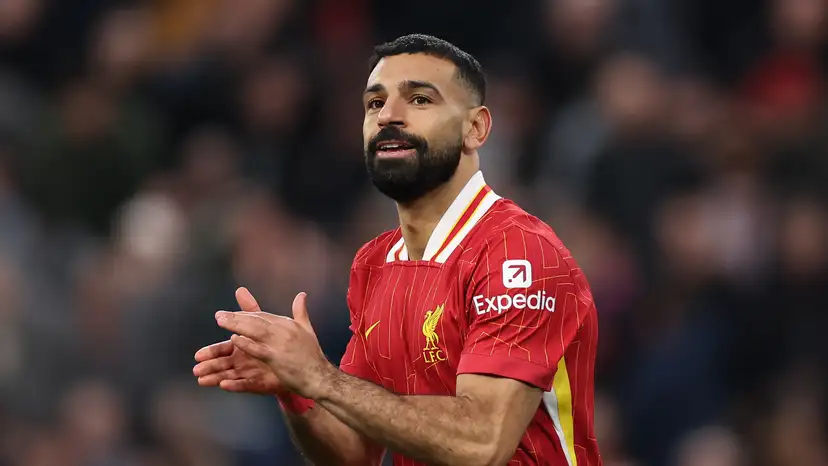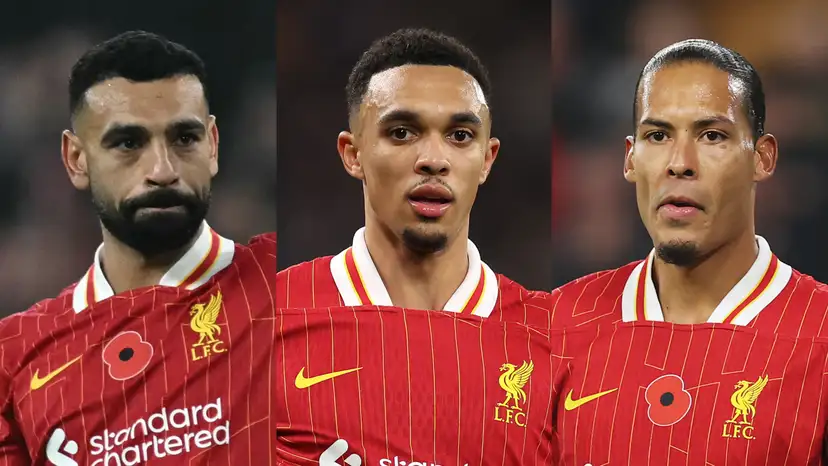The Global Battle: Football’s Role in Fighting Racism and Discrimination
The Way Forward
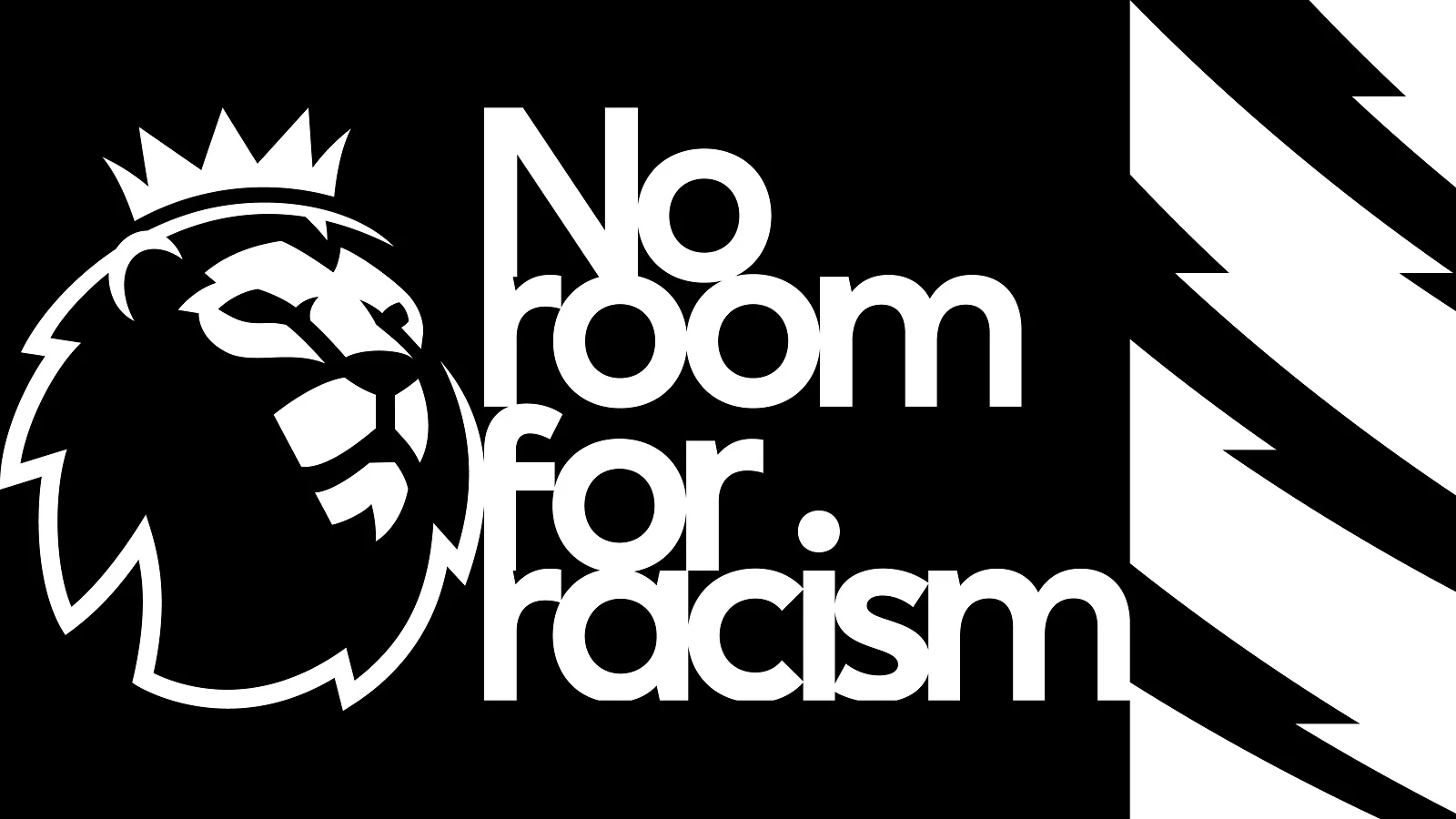
Football is the most watched sport on the planet. Its global reach means it reflects the full spectrum of society, passion, culture, and unity, but also racism and discrimination. Governing bodies and clubs continue to promote campaigns like “No Room for Racism” and “Say No To Racism,” yet the problem persists. Incidents of racial abuse are still reported weekly, from top leagues to grassroots football, showing that awareness alone has not solved the issue.
The contradiction is clear. The sport has built enormous global campaigns and awareness platforms, but their impact is weakened by inconsistent punishment and a lack of structural change. Football’s influence is unmatched, but the effectiveness of its anti-discrimination efforts depends on whether that influence is backed by real accountability. The fight cannot end at statements and slogans, it must extend to consistent enforcement and meaningful reform within the institutions that run the game.
One of football’s greatest strengths in fighting discrimination is its global visibility. Initiatives such as taking the knee, stadium banners, and social media campaigns make the message impossible to ignore. Billions of people see these actions every season, which keeps the conversation alive. They are symbols, not solutions, but they help to maintain awareness across borders and generations.
Players have become central to this movement. Many use their platforms to speak directly to fans and challenge discrimination, often taking personal risks in doing so. Marcus Rashford, for instance, has used his influence in the United Kingdom to push for both social and cultural change. In Spain, Vinícius Júnior has become one of the most vocal figures in world football’s anti-racism fight. Despite facing repeated racial abuse in La Liga, he has refused to stay silent, calling out the institutions responsible for protecting players. His stand has drawn global attention and exposed the failure of Spanish football authorities to act decisively.
On-pitch actions have also sent powerful messages. When teams have walked off or delayed matches after racist incidents, it has forced governing bodies to confront the issue publicly. These moments show that players and teams can push football forward, but they also underline a deeper truth, visibility and protest can only go so far without consistent, serious consequences for those responsible.
Symbolic gestures lose their meaning when governing bodies fail to enforce real consequences. Clubs and supporters continue to face weak sanctions, often limited to small fines that mean little to multi-million-euro organizations. These punishments do not change behaviour, and they undermine every anti-racism campaign run by the same institutions.
True zero tolerance requires actions that directly affect the competition itself. Points deductions remain the strongest possible deterrent because they strike at a club’s success on the pitch. Stadium closures and match forfeits can also force responsibility onto the collective, the club, its fan base, and its management. When games are played behind closed doors, everyone feels the cost of discriminatory behaviour.
FIFA and UEFA both have anti-discrimination frameworks, but enforcement varies widely between countries. Domestic leagues often lack unified laws or rely on case-by-case judgments influenced by public pressure. The inconsistency is most visible in Spain, where Vinícius Júnior has faced racist abuse multiple times with minimal institutional response. Despite global outrage and support from players worldwide, punishments have been slow and limited. This gap between message and action shows why football’s credibility on the issue remains fragile. For meaningful change, the rules must be applied evenly across all leagues and levels, without exception or hesitation.
Eradicating discrimination in football is not just about controlling fan behaviour. The sport must also confront the lack of diversity in its leadership. Progress will remain limited if the boardrooms, executive offices, and coaching benches continue to be dominated by one group. True change depends on representation within the structures that make decisions and shape policy.
Efforts like the Rooney Rule, which requires clubs to interview minority candidates for coaching roles, have drawn attention to the imbalance. However, results remain inconsistent, as many clubs treat such requirements as a formality rather than a genuine opportunity. Increasing accountability and setting measurable diversity targets are essential to making progress.
The issue also extends to gender and other forms of representation. Women’s voices remain underrepresented in football governance. Broadening inclusion across all identities strengthens the sport’s credibility and builds a culture that reflects the diversity of its players and fans.
At grassroots level, clubs can make the greatest long-term impact. Investment in local communities, youth academies, and scholarship programs helps remove barriers that prevent talented players from underprivileged backgrounds from entering the game. By supporting inclusion from the bottom up, football can move from symbolic awareness to structural equality, ensuring opportunity exists for everyone, both on and off the pitch.
Football’s global reach gives it the power to influence culture more than any other sport. It brings people together across nations, languages, and backgrounds, and that same visibility makes it a powerful platform against discrimination. But visibility is not the same as progress. Campaigns, slogans, and gestures have raised awareness, yet without consistent enforcement, their effect fades quickly.
The future of this fight depends on action. Governing bodies must apply punishments that match the seriousness of the offence, deductions, bans, and legal consequences that make discrimination costly. Clubs must take responsibility for what happens inside their stadiums, and leaders must ensure that their own institutions reflect the diversity they claim to defend.
The success of football’s anti-racism movement will not be measured by the size of a banner or the reach of a campaign, but by the firmness of its response when discrimination occurs and the fairness of the opportunities it provides to everyone. The sport already unites billions; now it must prove it can protect them all equally.

